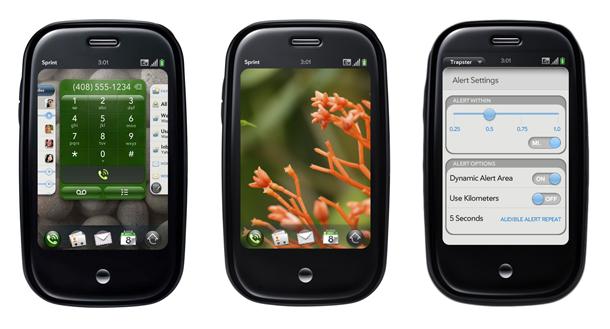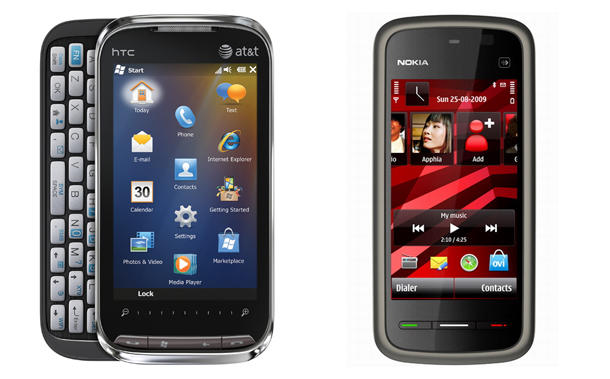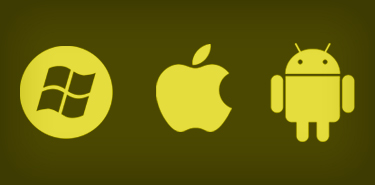Response to the iPhone

The Palm Pre was the first to truly try to rival the iPhone in what it offered both visually and in adding multi-tasking capabilities, and having a tight integration of various apps like emails and contacts. Unfortunately the application developers didn’t flock to it, and now we don’t hear so much about Palm’s WebOS platform.
Then came entries from Microsoft’s Windows Mobile, and Nokia’s Symbian operating systems. Windows Mobile having been in use since 2000 (then known as Pocket PC), and even earlier as Windows CE, launched their 6.5 update which added basic touch capable UI on top of their original codebase. Symbian having evolved from the EPOC OS developed by PSION, was updating to try to emulate the iPhone OS, and has recently been released as Open Source in order to be more agile in updating and modernising it for the future.

Rise of the Machine
Finally a new entrant entered the arena when Google released their own operating system for mobile devices known as Android. Whilst others have had prior experience with mobile OS solutions, Google had the advantage of not being tied to an older codebase, collection of applications, or an existing UI to work with. As well as being a very modern OS, Google are updating it at a very intense speed ensuring their solution doesn’t become stymied and stale.

Now when we look at all of these solutions, you can see they all share many similarities from the iPhone, whilst all playing catchup in various ways. But whilst the iPhone and Android have gained momentum and market share with consumers, Microsoft and their now business orientated OS was stagnating, despite their attempts to make Windows Mobile more user-friendly. So when it was announced Microsoft were working on version 7 of their mobile OS, the industry did not get enthused or excited for it. But in the last few months, rumours had begun to circulate, that Microsoft was planning to dump their existing system, and build a new one for scratch, with the consumer in mind. Not only would the code be all new, but Microsoft would also be taking more control on what hardware the OS would run on, and control over the interface.
So when the announcement came, speculation and interest grew.

